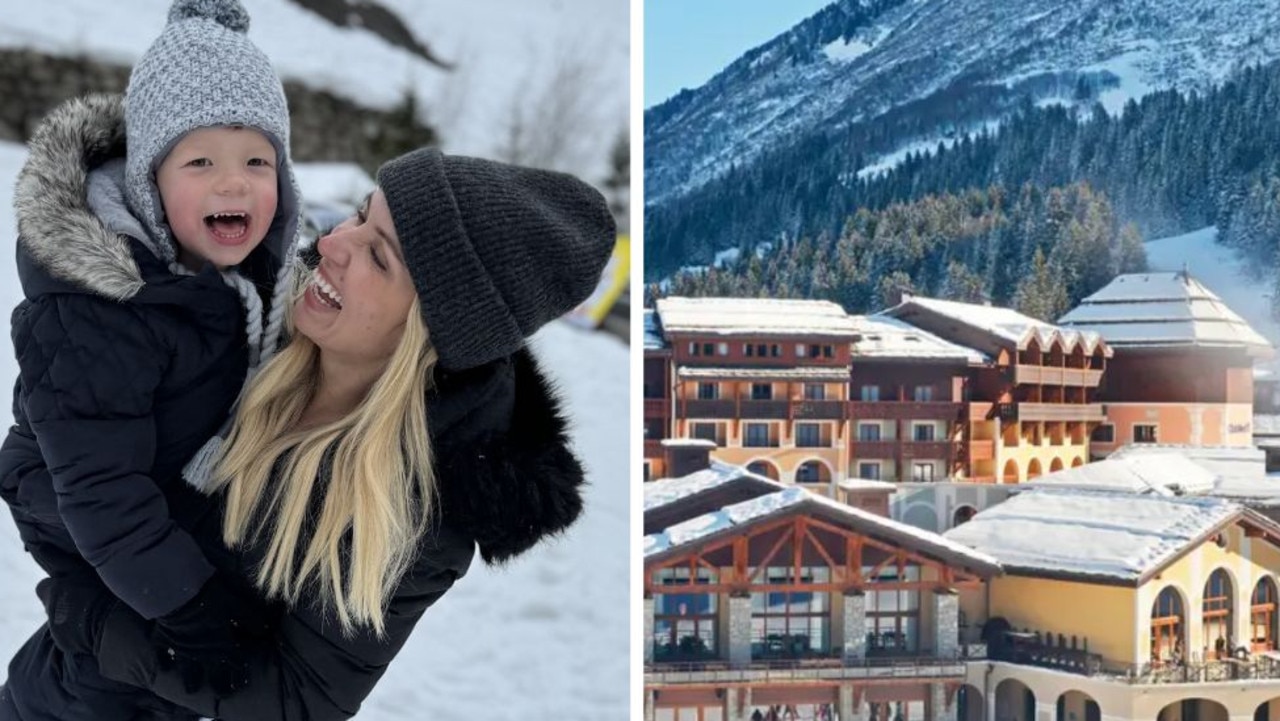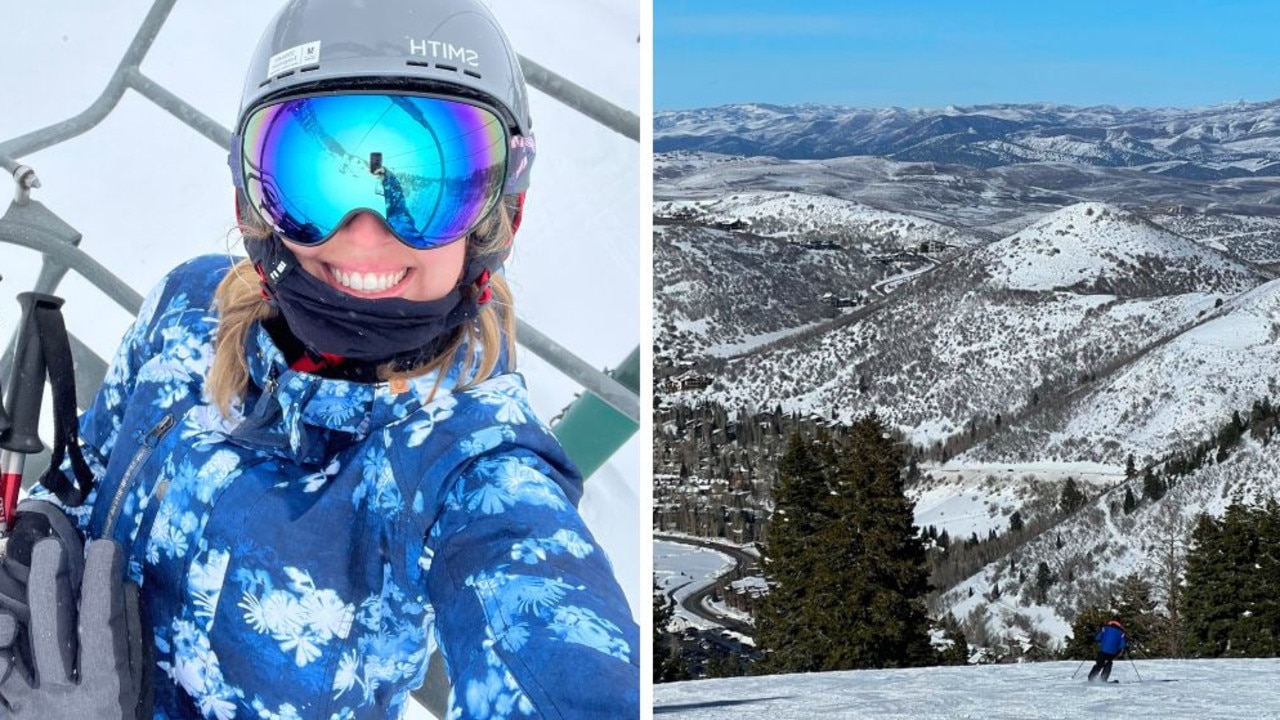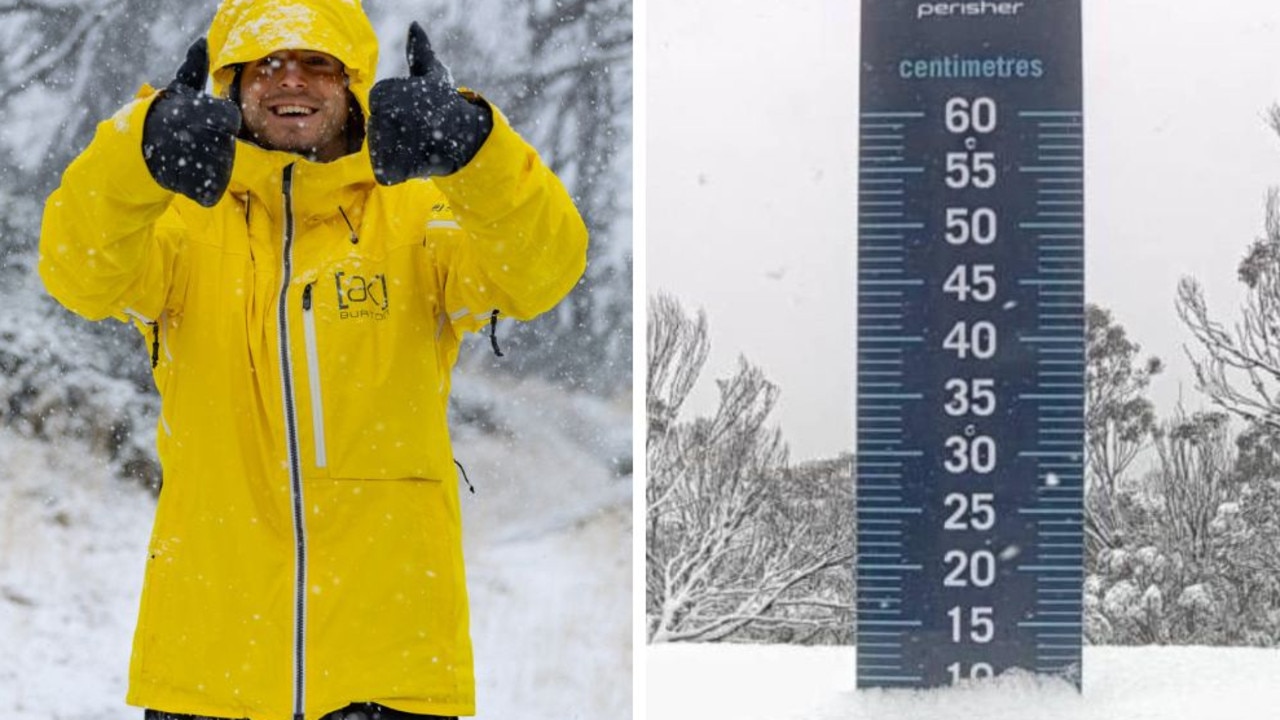‘Cascading impacts’: Ski season, Murray-Darling smashed by climate change
Even if damage is reined in, one of Australia’s key tourism drivers faces a bleak future, new research finds.
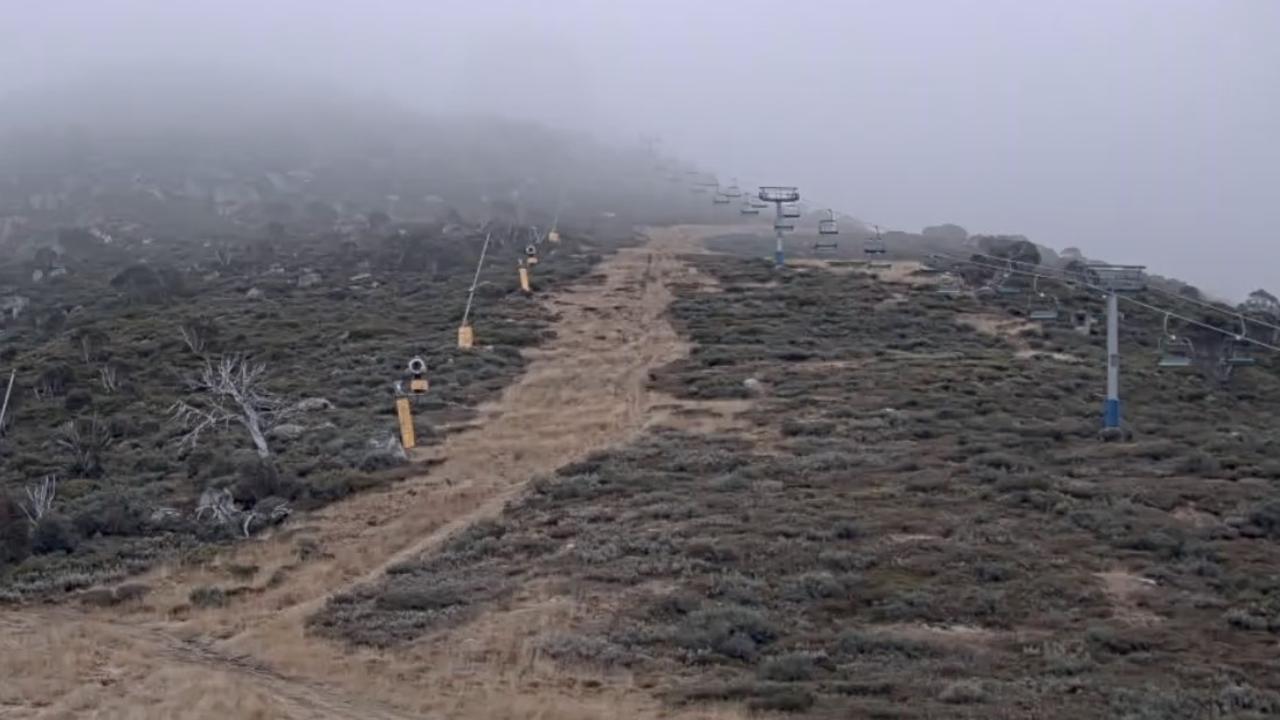
The length of ski seasons will be slashed by one-third by 2030 even if greenhouse gas emissions are cut radically, new research has found.
According to the research by the Australian National University, New South Wales fields Charlotte Pass, Perisher and Thredbo, and Victoria’s Falls Creek and Mt Hotham fare better than others under the modelling.
But Ben Lomond, Lake Mountain and mounts Baw Baw, Buller, Selwyn and Stirling will be hit hardest, the research finds.
Broadly speaking, the roughly 100-day resort season length will decline by 16-18 days by the 2030s, regardless of emissions.

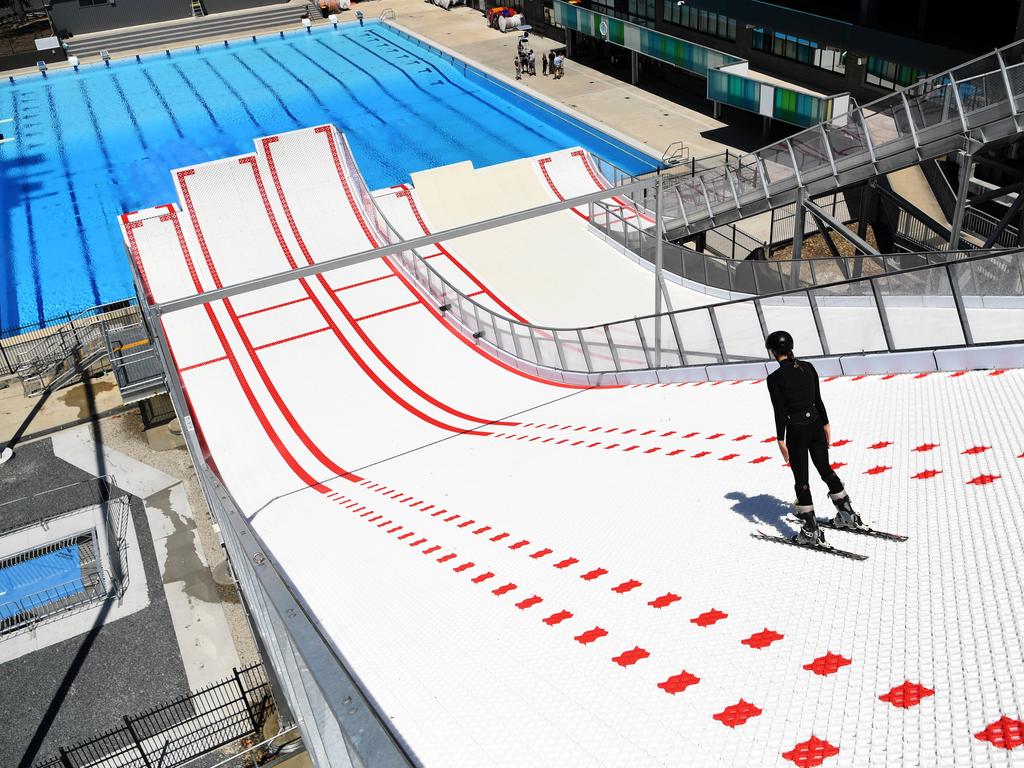
The Victorian alpine resorts was responsible for 10,000 full-time jobs and $1.2bn of economic activity in 2019. The latest NSW data is from 2011, but going on trends the NSW industry would have contributed about $2.1bn of activity in 2019.
In the 2050s, ski seasons will be 28 days shorted in a low-emissions scenario, and 55 days shorter in a high emissions scenario.
Come 2080, there might be one skiable day on the calendar if emissions remain high.
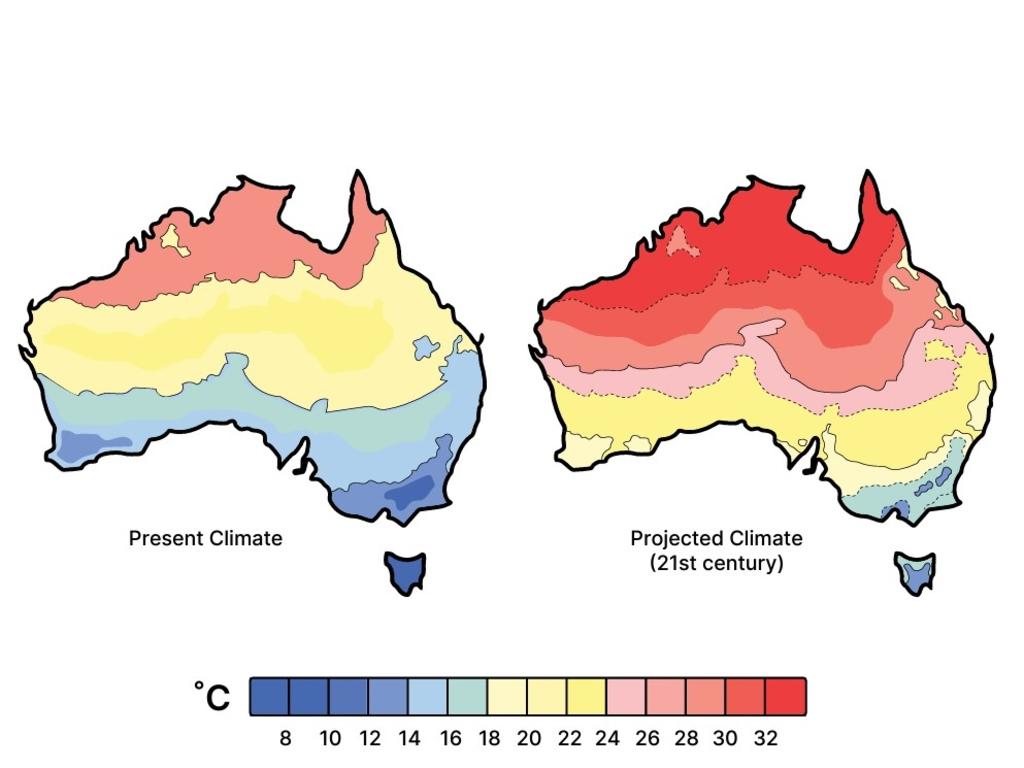
Further those skiable day projections only take into account the ‘critical’ altitudes at the resorts, and assume all resorts already have snow-making machines, which most do but not all.
Critical altitudes are: “The maximum season length that is possible with partial opening of the highest terrain, being the lowest point of the upper-half (if such an area exists), or the base station if not”.
Report co-author and ANU researcher Ruby Olsson said vulnerable resorts needed support to diversify into year-round tourism destinations.

“The more we can limit the impacts of climate change by reducing greenhouse gas emissions, the less expensive adaptation by businesses, communities, and the environment will be and the more options we will have,” Ms Olsson said.
Advocacy group Protect Our Winters Australia worked on the report with university and the Australian Mountain Research Facility.
Protect Our Winters Australia director Sam Quirke said 2023 snowfalls were inadequate.
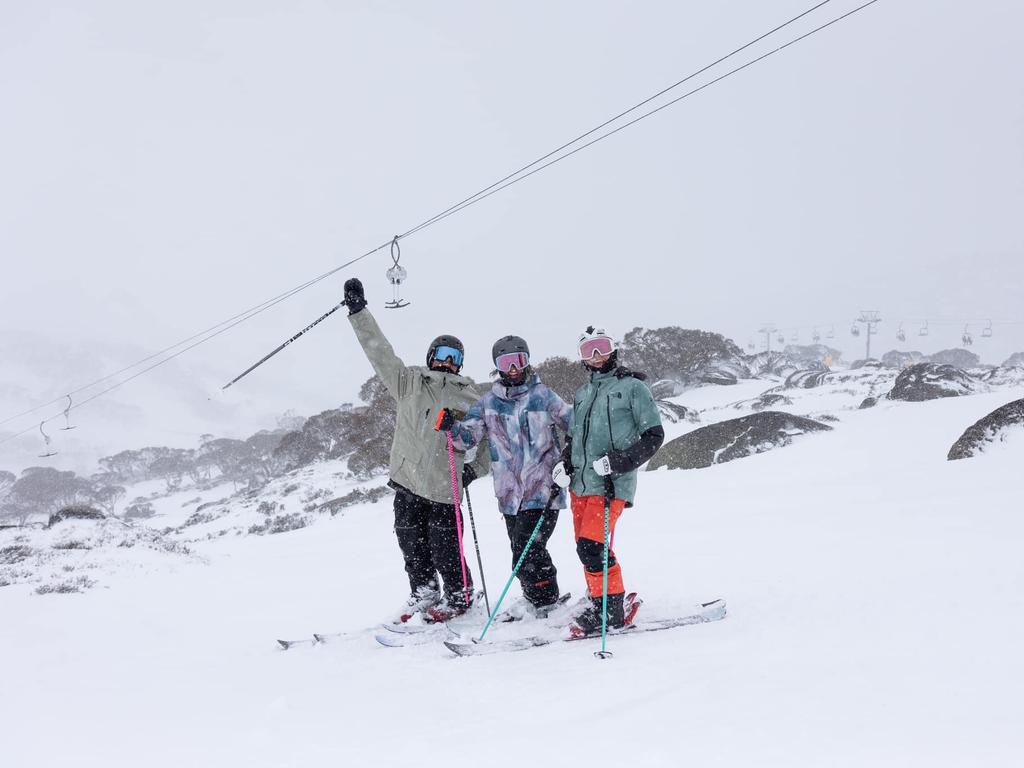
“The ski season last year was tough, with minimal snowfall and some resorts having to shut their doors early.
“This report shows that we’ll see that happening more and more frequently, as ski seasons become more erratic and harder to predict due to global warming, until we do something about it.”
Report co-author, Ms Olsson, is doing her PhD on the socio-economic impacts of snow gum dieback in the Australian Alps and possible response options.

Snow-melt water run-off provides an average of 9600 gigalitres of water each year into the Murray-Darling Basin, which is about 29 per cent of the basin’s total annual flow, the research founds. Climate change is forecast to slash precipitation in the Alps between five and 24 per cent come 2050.
“The report highlights a cascading series of interconnected impacts across alpine tourism, regional communities, hydro-electricity, high country water flows to the Murray-Darling Basin, carbon sequestration, high country ecosystems, and First Nations and makes recommendations to respond to these impacts,” the report reads.
Conflict on water allocations in the Murray-Darling Basin have been raging for years, so even less snow melt in the Alps would only exacerbate the situation.
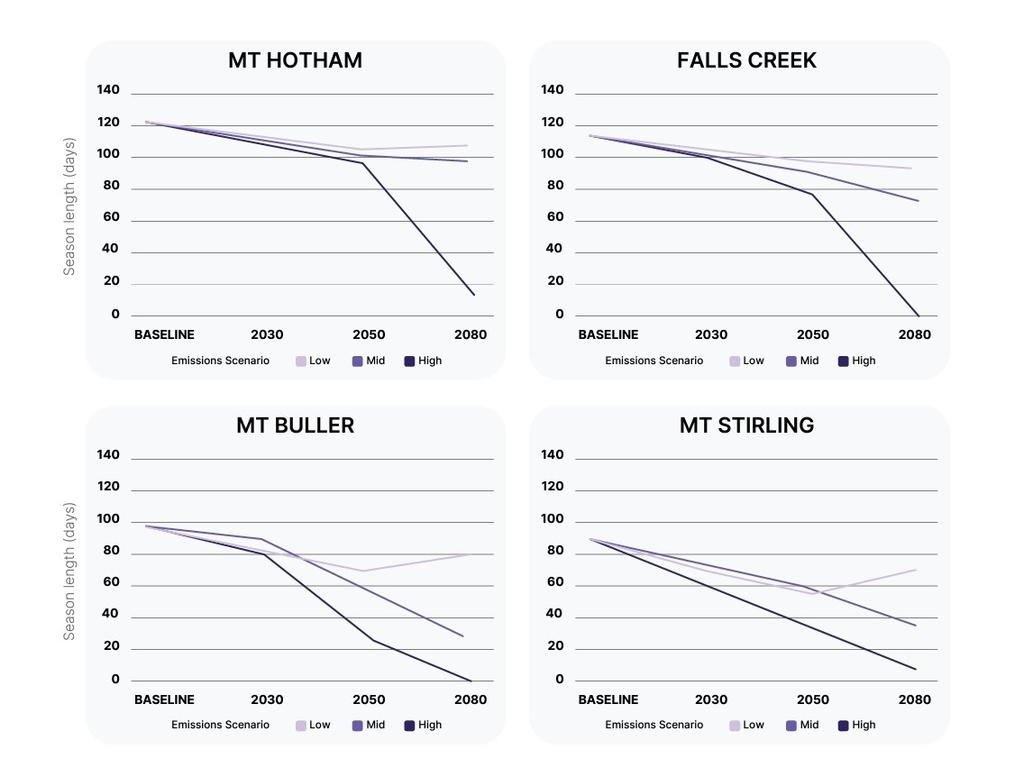
More than 2.4 million people live in the Basin, and its rivers contribute to $30bn of economic activity.
The report recommends canopy cover, soils and wetland restorations in the Alps to abate the reduced precipitation.
Further, tourism and hydro-electricity expansion which damages the ecosystem should only be made with full consideration of impacts to the Basin.


